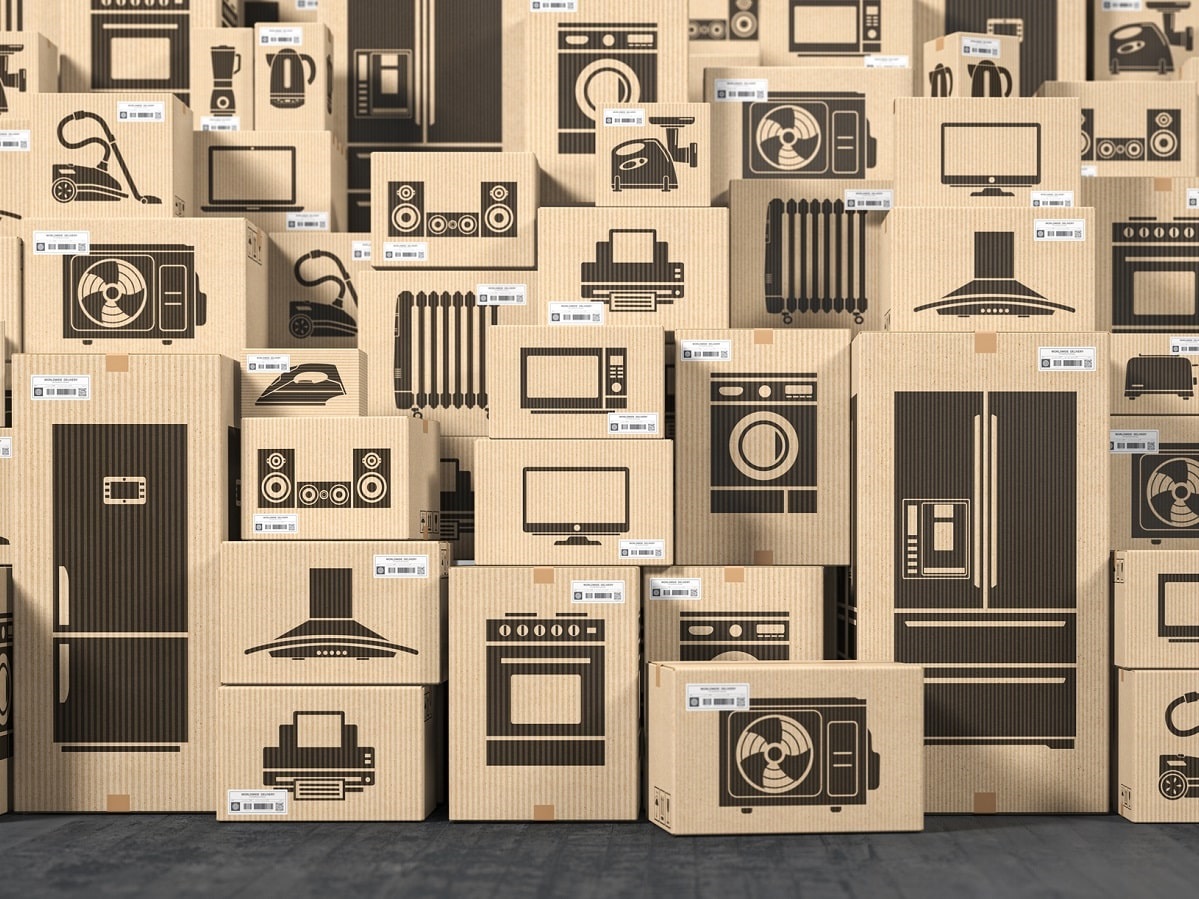With global revenue growing 12%, 2021 was a record year for the consumer technology and durables segment. According to GfK forecasts, this momentum will decelerate in 2022. In the first two months of the year, revenue already declined 3% compared to the same period last year.
At the end of last year, GfK experts predicted that the momentum would not continue in 2022 due to the easing of pandemic restrictions, strained supply chains and a trend towards demand saturation.
“Against the backdrop of a weakening market, it is now even more important for retailers and manufacturers to identify growth potential and secure their margins,” GfK expert for technical consumer goods, Ines Haaga said. “Companies must adapt to consumer product preferences to continue to be successful in 2022.”
Premiumisation and simplification trends propel sales
Consumers are opting for innovative products and devices that promise improved features or additional functions, including robot vacuum cleaners with docking and charging stations, which started 2022 with a 182% increase in revenue compared to the same period last year.
Ultra-thin notebooks less than 18mm thick (7%) and TVs with a screen diagonal larger than 65-inches (13%) also saw above-average growth despite their higher price point, outperforming the cheaper entry-level models.
The simplification trend is evident across smart home products, among others. Home automation products saw an overall growth of 15% in seven European countries from January to February 2022. These include, for example, smart thermostats for automatic temperature control, motion sensors and smoke or fire detectors that improve home safety.
Another product category benefiting from the simplification trend is household appliances that are multifunctional. Electric cooking pots including a rice cooking function, washer-dryers or mini ovens with a steam or air-frying function recorded above-average growth rates in the first two months of 2022 and improved their market position enormously compared to the same period of the previous year.
Smart consumers are changing the retail landscape
Accelerated by the pandemic, consumers’ shopping behavior has changed. In particular, the importance of using the internet around purchasing has increased. According to global gfknewron consumer data, 62% of consumers already use both online and offline platforms to gather information before purchasing a new device. This increases the number of information sources consulted pre-purchase. Reading product reviews has increased at an above-average rate especially when it comes to purchasing a new technical device.
This means consumers are smarter and better informed, but also becoming more selective. Recommendations have greater relevance and enormous influence on how consumers purchase in the future.
At the same time, the short duration of the purchase process, wherein it is just a few days from research to purchase, poses challenges for both retailers and manufacturers, as the window of opportunity for customer acquisition is extremely small.

